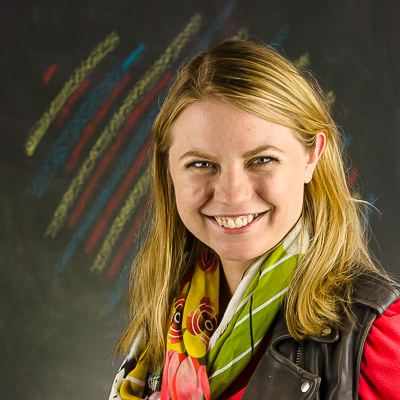Contrasting Forms Of Interactive 3D Storytelling
3d technology gives us the opportunity to tell the story of an object from all angles. With 3d scans we can examine tiny butterfly wings, visit distant archaeological sites and get up close to objects too fragile to be examined in real life. While 3d gives the viewer the ability to see the whole story, it’s often difficult to know just what to look at and how to construct meaning from this wealth of information.
In this project students will explore two techniques for telling stories using 3d models from the Smithsonian 3d collection. The team will choose an item from the collection and develop two treatments for an interactive feature. One version of the story will be designed for flat screens using “scrollytelling” a technique where new or different content is shown to the user as they navigate down the page (such as NYT Why Notre Dame Was a Tinderbox). The other interactive will be a virtual reality experience where the user is placed in the same virtual environment as the model.
At the end of the quarter students will demo both interactives to users, observe how they navigate them differently and interview them about the experience.
Faculty and Staff Leads
Project Details
2019 Fall
Important Questions
- How might we build experiences that encourage users to explore while also giving them enough context to support navigation and meaning?
- How is designing information for an immersive space different than designing for a flat screen?
- What are the differences in the ways that users navigate stories when they’re scrolling vs teleporting or walking around?
Sample Milestones
- Week 1: Building familiarity with VR and existing examples
- Week 2: Brainstorming story ideas and selection of an object to work with
- Weeks 3-4: Paper prototyping
- Weeks 5-8: Implementation and survey development
- Weeks 9-10: User interviews and preparation for final presentation
Outcome
Students will produce two interactive features about an object from the Smithsonian’s archive, one for flat screens using the “scrollytelling” technique and one for Virtual Reality to be viewed with a headmounted display like the Oculus Quest. They will also write a brief blog post summarizing their takeaways from usability testing.
Links
- Creating Augmented and Virtual Realities (free on O’Reilly Safari if you sign up using an NU email address)
- Why Choose? Scrollytelling vs Steppers
- Intro to the Smithsonian digitization project on Youtube
- Manga about how a Japanese toy designer 3d printed a wooly mammoth using the Smithsonian archive
- NYT Why Notre Dame Was a Tinderbox
- How to Implement Scrollytelling with 6 Different Libraries
